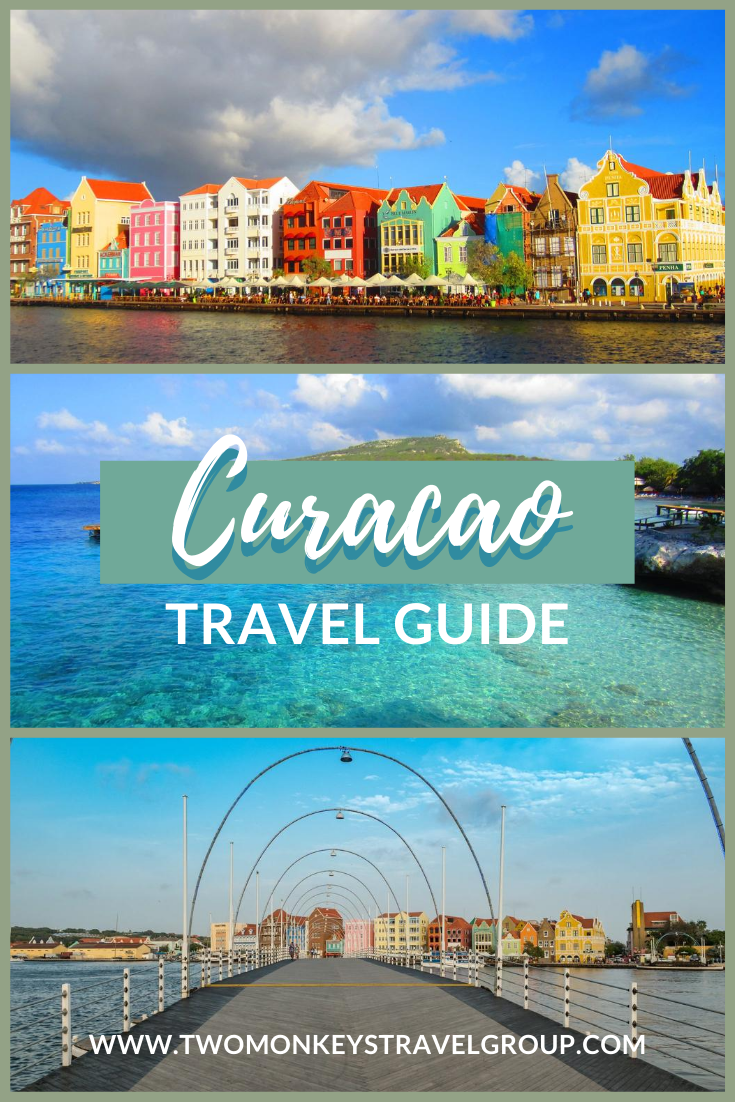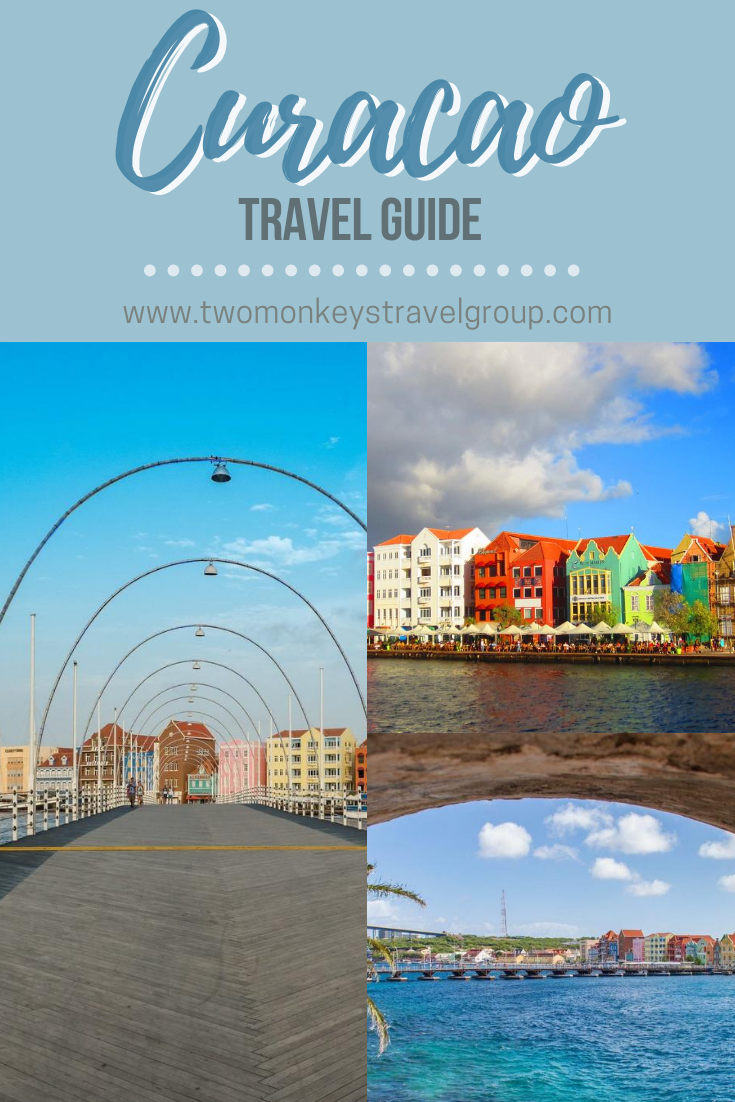Travel Guide to Curacao – How, Where & Frequently Asked Questions
The island represents a lively amalgam of different cultures. The island represents a lively amalgam of different cultures. It is really awesome to discover Curacao, learn more about our travel guide here!
It is a part of the Lesser Antilles, and also known as the ABC Islands. Aruba is to the west, Bonaire to the east of Curacao. The island was once a booming trade hub for merchants in the Dutch West India Company. Drawn to the island’s abundance of salt and its enclosed natural harbor, Schottegat, they settled on Curacao in the mid-17th century and led the West African slave trade from its capital port city of Willemstad. After the abolition of slavery in the 19th century, Curacao fell into ruin but was later revived. In the 20th century, during a boom in Venezuela’s oil trade.
In 2010, the country was also granted autonomy by the dissolution of the Netherlands Antilles. With over 35 palm-lined beaches, 65 dive sites to explore and friendly locals who represent over 55 cultures. Furthermore, Curacao quickly garnered appeal as one of the most progressive and pristine islands in the Caribbean.
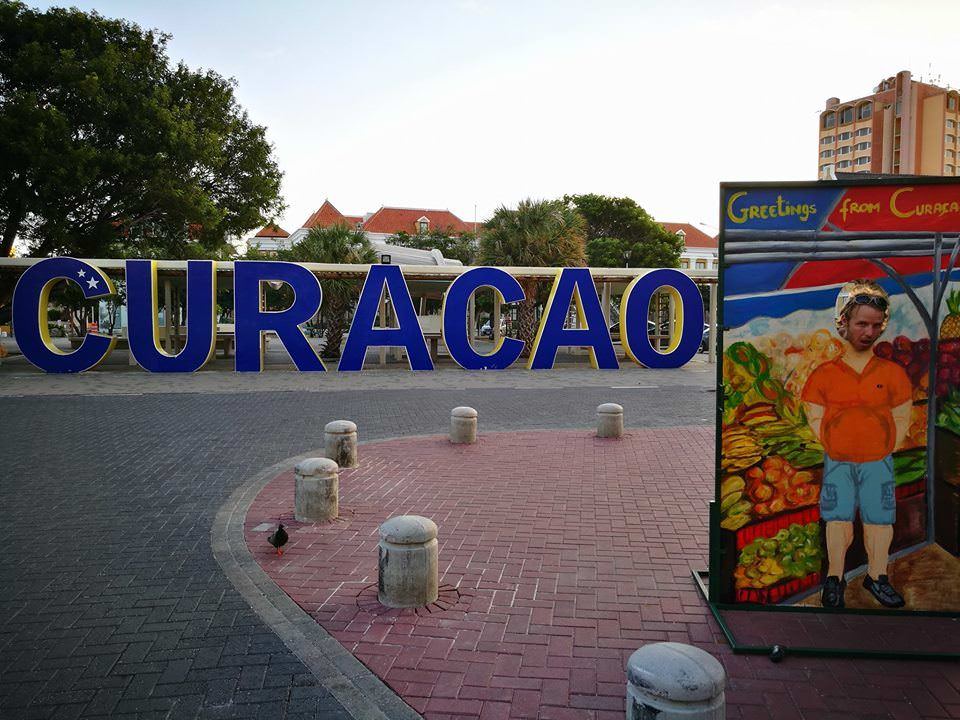
Of all the Caribbean’s several destinations, this island may have the most to offer children and their families. From the family-friendly resorts to the island’s small-town ambiance, the island of Curacao is an ideal destination for a Caribbean family vacation. To get the most out of your trip, consider including some of the activities here in your Curacao vacation package.
Table of Contents
Questions and Answers about Curacao
Where is Curacao?
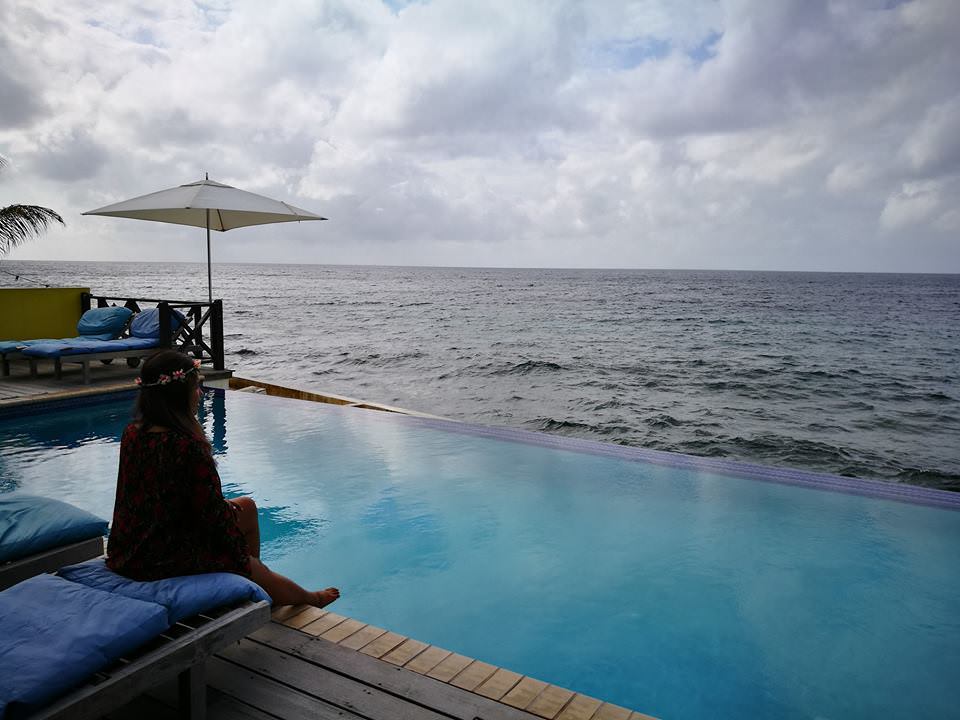
The island of Curacao is located in the southwestern Caribbean Sea, just 40 miles away from the Venezuelan coast. It is located between its sister islands, Bonaire and Aruba. Although the three islands are collectively known as the “ABC Islands”, they actually show as ACB reading from left to right on a map. As its sister islands Aruba and Bonaire, Curacao is located just outside the hurricane belt that makes direct hits from hurricanes rare. The country is the largest island of the former Netherlands Antilles; it totals 171 square miles in area, and stretches for 38 miles east to west, and varies in width from 3 miles to 9 miles.
The island of Curacao is also a constituent country of the Kingdom of the Netherlands. The country of Curacao includes the main island and the small, uninhabited island of Klein Curacao (Little Curacao) which is located 15 miles south-east of the main island. The capital of the country is Willemstad, a UNESCO World Heritage Site which is known for its unique architecture and harbor entry.
Is it safe to travel to Curacao?
Most visits to this island are trouble-free, although, petty theft and street crime are a concern. On the island, there is a violent crime among members of the illegal drugs world, but it rarely affects tourists. The major tourist areas are generally safe, but tourists should take normal precautions. Avoid remote areas at night. Never take valuables to the beach or leave any valuables in your vehicle. Make sure handbags and purses are closed and not easy to snatch. The beautiful islands of the Dutch Caribbean continue to be used to smuggle illegal drugs from South America to Europe and North America. Tourists should have a heightened sense of awareness of this problem and never leave bags unattended. Under no circumstances should you discuss or agree to carry a package for anyone.
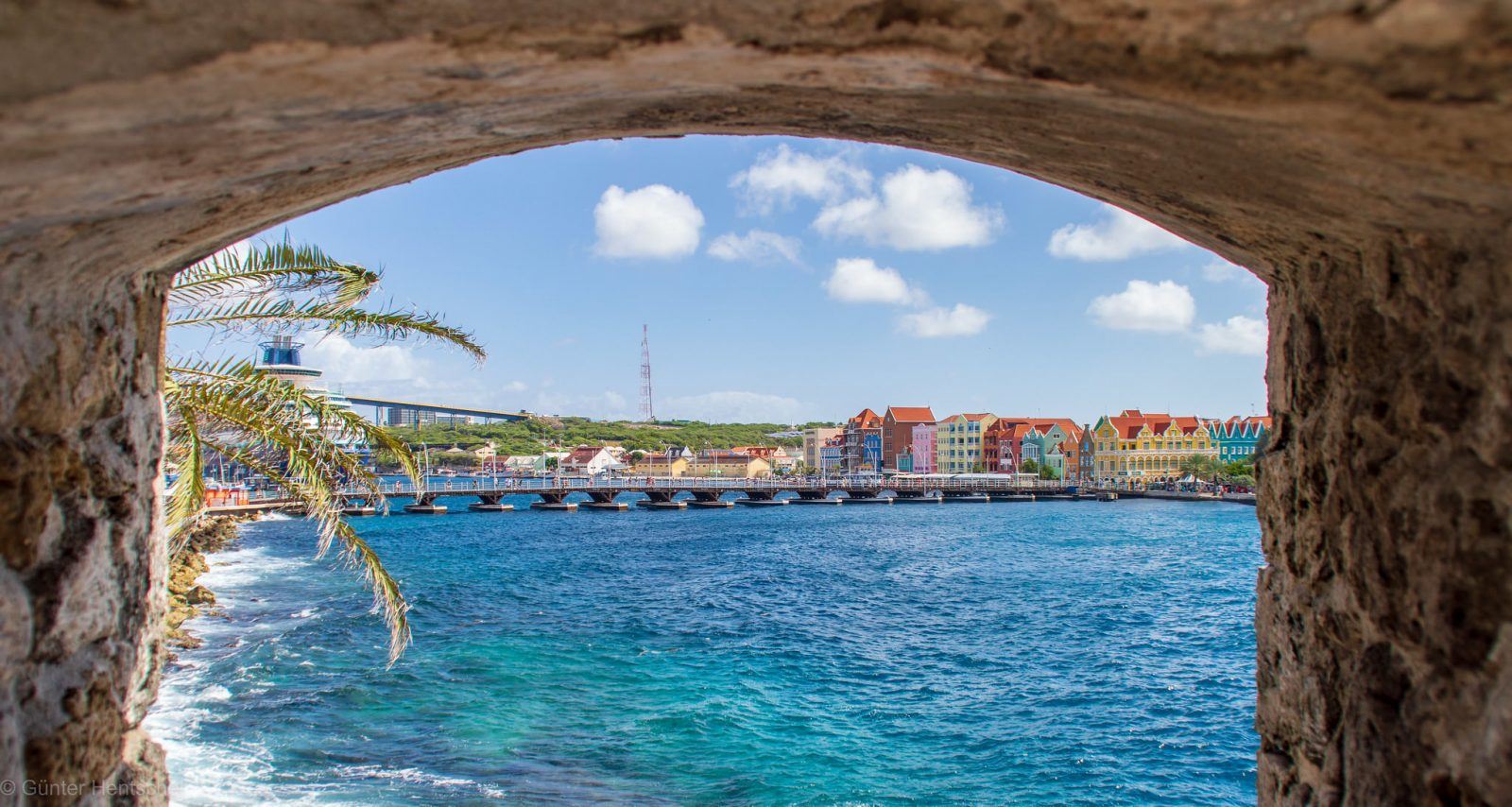
How to Change Money in Curacao?
The Netherlands Antilles Guilder (also called the florin) is the official currency of Curacao. Several major international credit cards are accepted in Curacao. The majority of vendors such as shops, hotels, restaurants, and other services will accept credit cards, and few even accept debit cards. Local ATMs that dispense guilders are readily available on the island and accept cards on the major networks. There are also some ATMs on the island that dispense U.S. dollars. Lastly, money exchange is available at the airport and at most banks on the island.
What is Unique about Curacao?
What picture comes to mind when thinking of the Caribbean? Beautiful pristine beaches, spectacular weather, rum, maybe the fun accents of locals, and a general sense of relaxation, perhaps? The Caribbean has all of those things, but tourists might be shocked at how many more “surprising” characteristics there are to know about the Caribbean, and particularly one specific, very unique, island way down South. The pretty island of Curacao is somewhat off the beaten path of traditional Caribbean haunts. However, it may be a small island, but historically speaking Curacao has played host to many nations that have since turned it into a cultural melting pot. Locals are extremely clever and discovered that flies and mosquitoes detest white polka dots on red walls. The dots apparently make their heads spin, so you’ll find many traditional Curacaoan homes featuring kitchens with red walls and white dots.
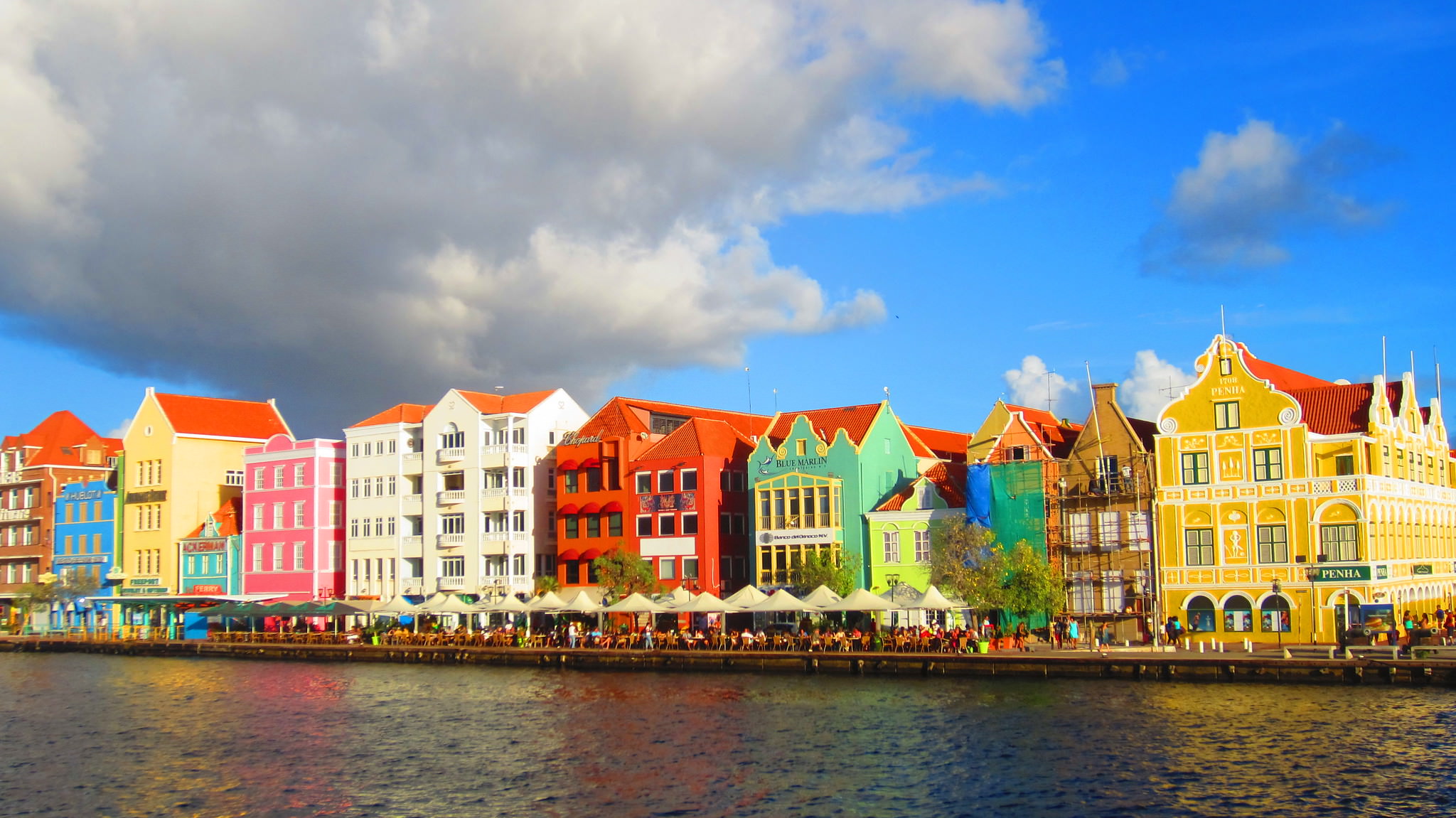
What is the culture of Curacao?
The island of Curacao is a country diverse in heritage and ethnicity. As a matter of fact, 42 different ethnic groups call this Dutch Antilles island home. The country’s residents, most of which are of European or African descent, present various cultural heritages and have a strong sense of cultural awareness.
From Africa to Europe, the diverse heritage of the island has blended to create a beautiful tropical culture. Several fascinating musical instruments are used to carry on the African musical traditions on Curacao. These instruments include the chapi, made from a hoe and metal rod; the bastel, a horn made from a cow’s horn; and the carco, a drilled conch shell that is used as a horn. The best way to get a feel for the Afro-Caribbean heritage is to attend one of the festivals. Carnival is a big hit with locals and tourists alike and shows off the dress, drumming music, and dance of the Afro-Caribbean locals.
What is the Geography of Curacao?
The island of Curacao includes the main island with an area of approximately 171 miles/444 kilometers (38 miles long, 9 miles wide) and the small island Klein Curacao (Little Curacao). Klein Curacao is an uninhabited island situated ten kilometers to the southeast off the coast of Curacao. Meanwhile, the highest point of Curacao is Mt. St. Christoffelberg 375 m (1,230 ft) above sea level and lies in the reserved wildlife park.
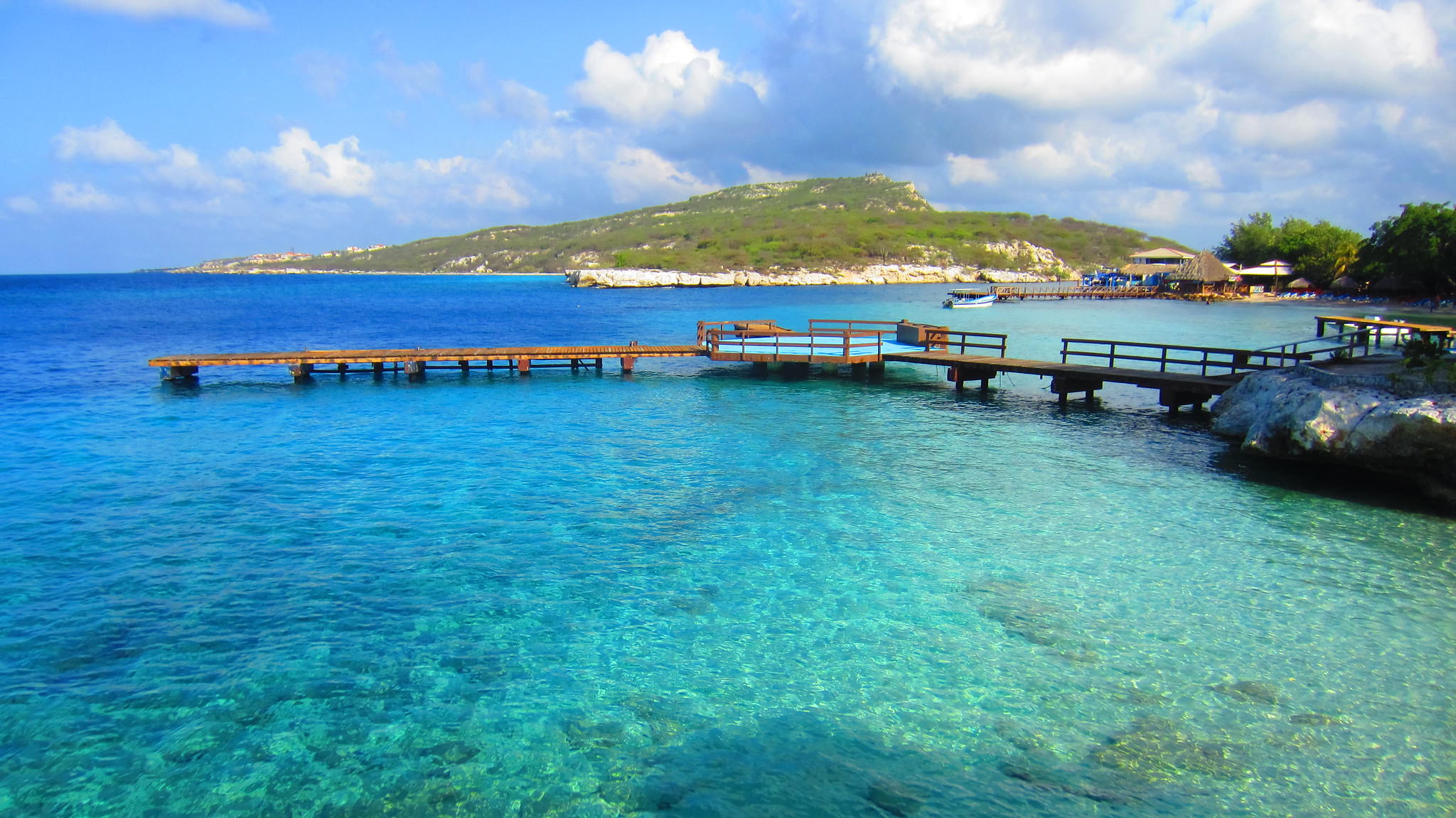
How to travel to Curacao?
If you are planning to travel to Curacao, here are some of the airlines that will take you to Curacao from these countries.
- London: KLM, British Airways, Flybe, and Avianca offer flights from London to Curacao.
- USA: Avianca, Air Canada, KLM, Copa and Aruba offer flights from the USA to Curacao.
- Dubai: Emirates, Air France, Winair, Air Canada, and American Airlines offer flights from Dubai to Curacao.
- Singapore: Singapore Airlines, COPA, United, Air Canada, Lufthansa and Condor offer flights from Singapore to Curacao.
How to travel in Curacao- Transport in Curacao
- Public buses: The public transportation system on the island is a bus system that uses two different types of busses (standard busses called konvoi and smaller buses which are more like shuttles) to cover the majority of the country and to take tourists to nearly all of the popular attractions.
- Taxis: Local Taxi service is readily available, with taxis most easily found in Otrobanda and Punda, as well as at the airport and on the curbside of most popular hotels throughout Curacao.
- Private transfers: Tourists will find a stretch mall full of car rental agencies at the airport, in a building left from the arrival area.
What’s the food like in Curacao?
With traditional Afro-Caribbean cooking, fresh fruits and vegetables brought in daily from Venezuela (its neighbor to the south) and culinary influences from over 50 other nationalities, the country has a lot of depth to its cuisine. In fact, tourists on a budget have many choices on the island, from affordable local food to American fast food and local pizza joints. The food of Curacao is a flavorful blend of Dutch and Indonesian, with hints of other international fare mixed in. kabritu (stewed goat); Ayaka, (meat tamales wrapped in banana leaves), and sult (pickled pigs ears and feet), are some of the island’s favorite dishes.
What is the weather like in Curacao?
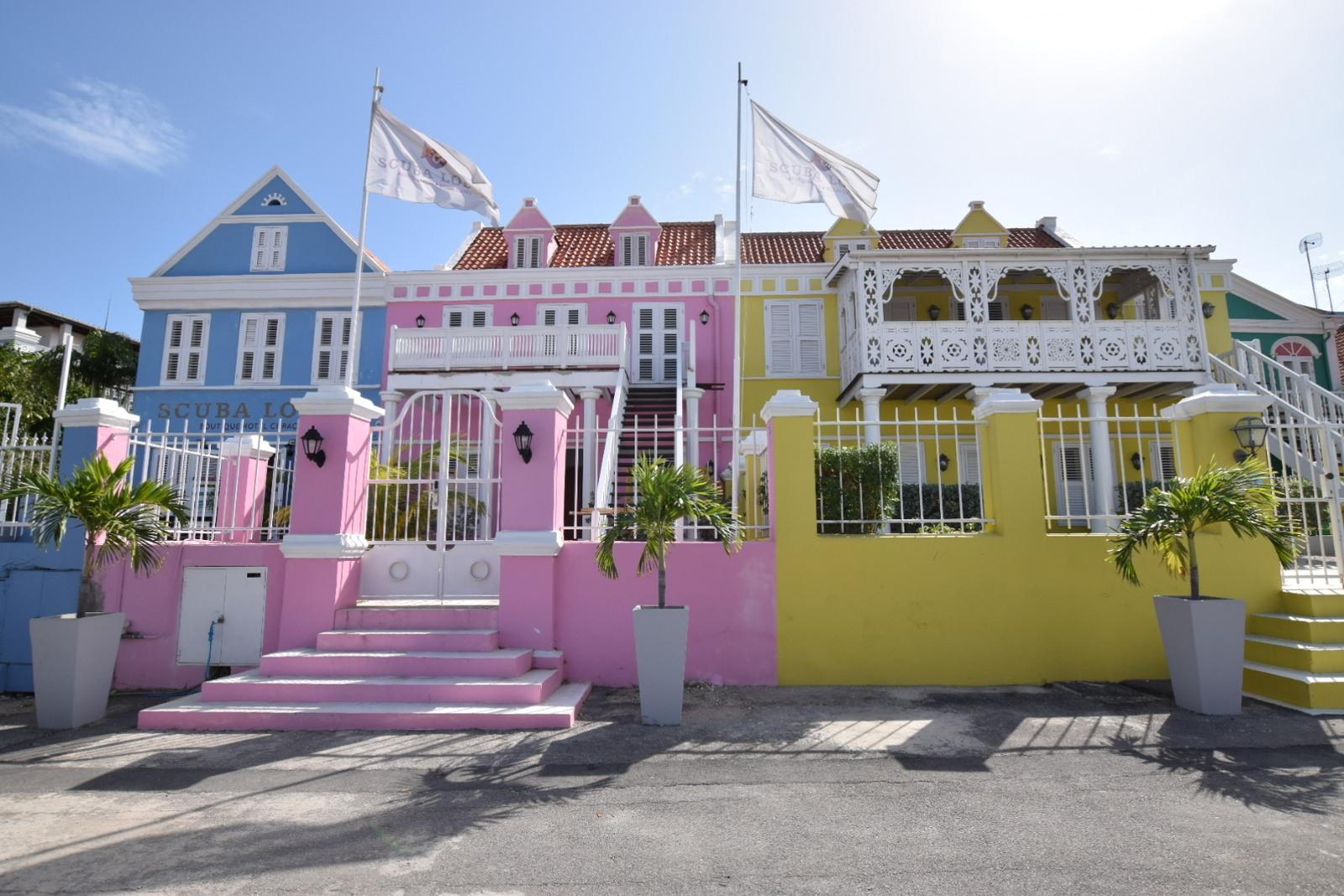
Curaçao is warm and sunny most of the year and is also drier than most other Caribbean destinations on account of its position in the south and near the South American continent. The average yearly temperature is a balmy 81°F (27°C), with an average monthly rainfall of fewer than two inches. The high season spans December to April, while the low season runs from May to November.
Important things to pack for a trip to Curacao
- Clothing: Casual but clean is the mantra for clothing on the island. Tourists will also want to choose items that are comfortable and airy. Natural fabrics tend to be the most breathable, such as cotton and silks. T-shirts and tank tops paired with linen shorts. Swimwear is one of the most important things you’ll pack in your luggage.
- Shoes: Bring comfortable athletic shoes.
- Toiletries and Health Care: Toiletry items that you use on a daily basis are items that you will probably want to bring with you to Curacao. Also, a first-aid kit filled with bandages, disinfectant, antiseptic, anti-diarrhea, tweezers, a thermometer, and basic medications.
10 Amazing places to see and things to do in Curacao
1. Visit Cas Abou Beach
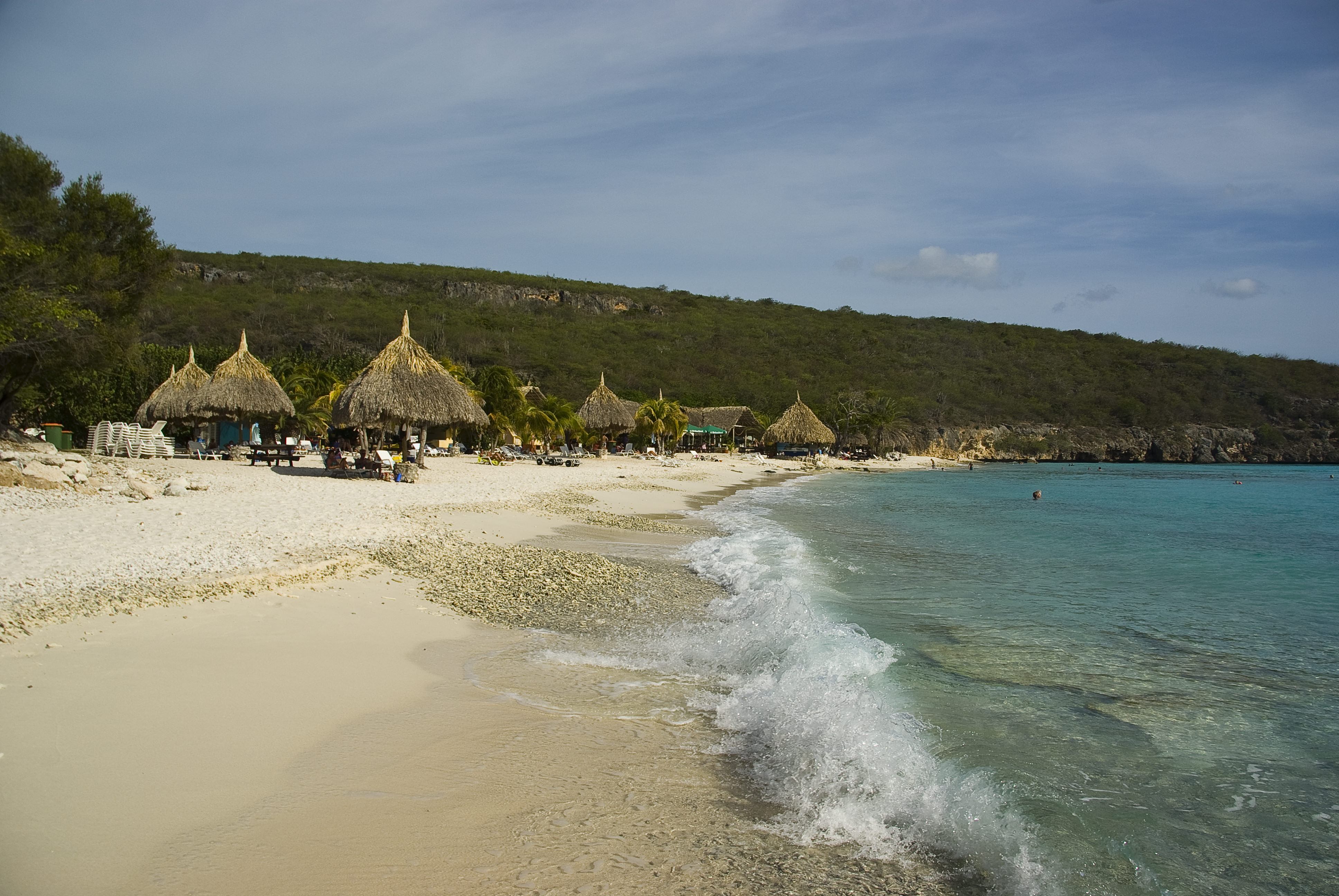
With its clear turquoise water, waving palm trees and white sandy beach, CasAbao is a true paradise. Located at the northwest coast of Curacao, the Beach was also declared one of the most pristine beaches of Curacao, ideal for families and water sports.
2. Shete Boka National Park Tour
Covering an area of 10 km (6.2 miles) of rocky, wave-exposed coastline, this is since 1994 a paradise for hikers and nature lovers. Watch the crashing waves disappear into the underground cavern. There are two famous hiking trails.
Suggested Tour: Shete Boka National Park and Playa Lagun Snorkel Adventure in Curacao
3. Christoffel National Park Trip
Christoffel National Park is a 4,500-acre wildlife preserve on the largely undeveloped west side of Curacao island. The park has a rich variety of local flora and fauna. There are local birds and plants, including species, such as the wild orchids, the Palabrua, the rare native barn owl, the Curacao White-Tailed deer and much more.
Suggested Tour: National Park Jeep Safari in Curacao
4. Queen Emma Bridge
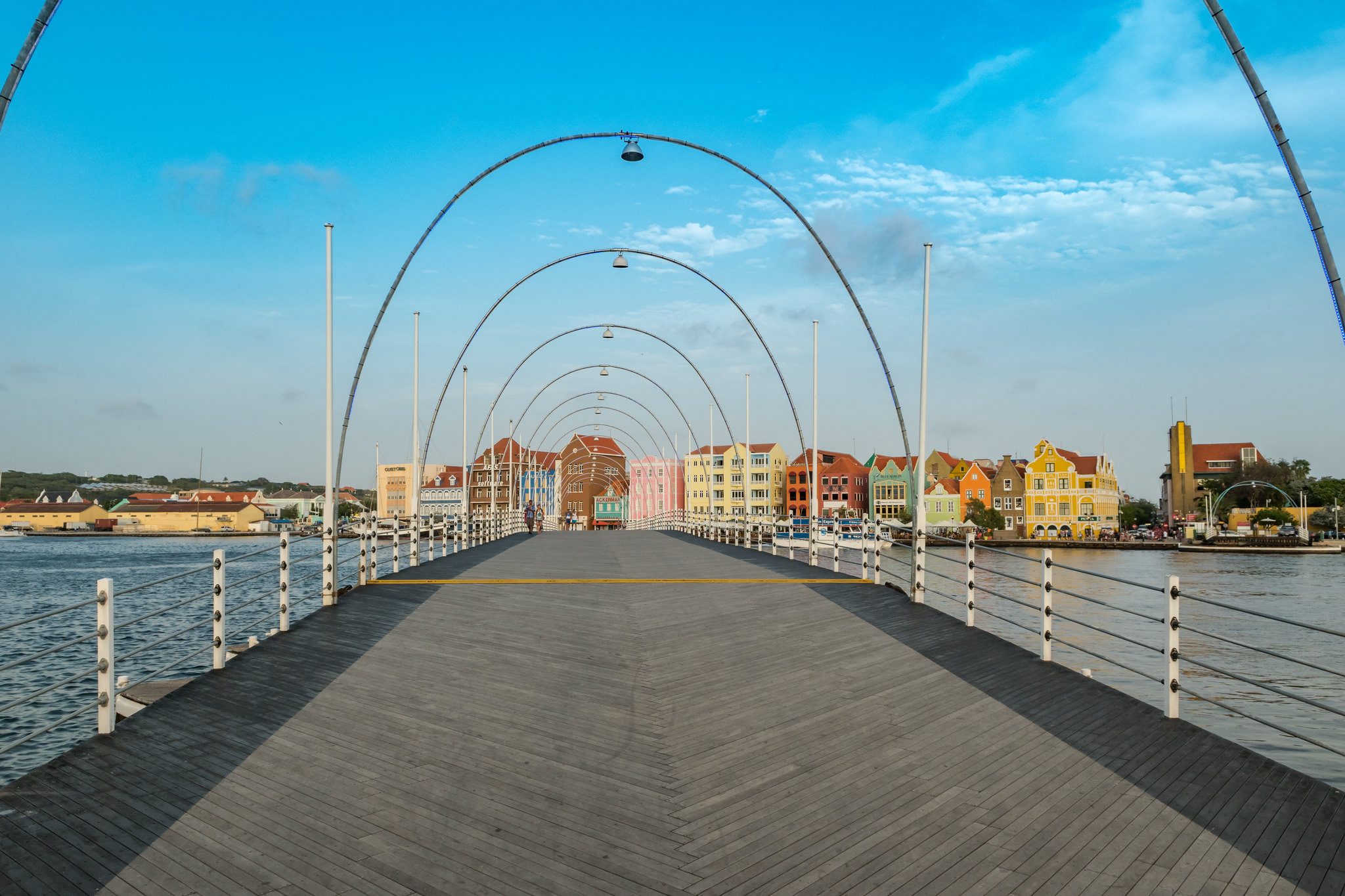
Queen Emma Bridge, also known as “The Swinging Old Lady” in Willemstad, is a floating pontoon bridge. It links the “Punda” (Point Side) and the “Otrobanda” (Other Side) of the Willemstad across the SintAnnabaai Channel. You get to see the bridge open and close to away marine traffic into St. Anna Bay.
Suggested Tour: Historic Walking tour through Otrobanda & Punda
5. Sea Aquarium
The Curacao Sea Aquarium belongs to one of the most unique aquaria in the world. The Sea Aquarium managed to create natural habitats for all its marine creatures without using sophisticated technical equipment. Due to an open-water system, all the aquaria are in immediate contact with the open sea. It is this advanced pump system that continuously pumps fresh seawater directly in all the aquaria. Overall, everything in the aquaria, from the fish and corals to the sand on the bottom of the exhibition tanks, originates from the seas surrounding the island of Curacao.
Suggested Tour: Ocean Lens – Guided Tour at Curaçao Sea Aquarium
6. Ostrich Farm Visit
Located in the north-east of the island, the Curacao Ostrich Farm is one of the largest breeding facilities for these enormous birds outside of Africa.
Suggested Tour: Safari Tour
7. Visit Hato Caves
A 200.000-year-old Cave named “Kueba di Hato” meaning Cave of Hato, is one of the most unique things to do in Curacao. Walk amongst the natural formations of the Stalagmites and stalactites, featuring an underground lake, large rooms, as well as ancient Indian petroglyphs.
Suggested Tour: Curacao Beach and Hato Caves Tour
8. The Floating Market Tour
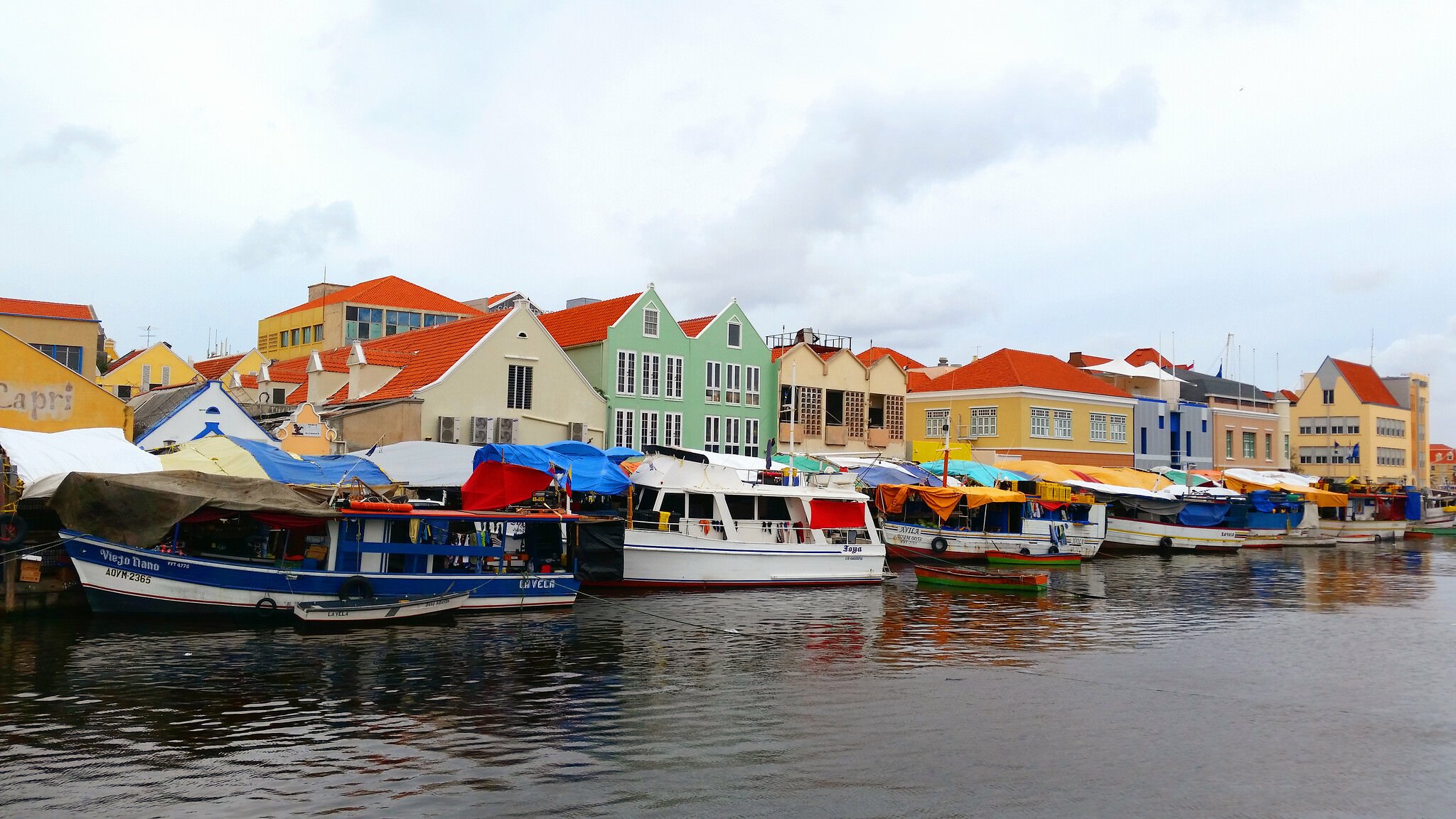
The Floating Market is a mini boat fleet that comes in from Venezuela, Colombia, and from other West Indian islands, and sells ultra-fresh fish, fruit, vegetables, as well as handicrafts.
Suggested Tour: Curacao Island and Mambo Beach Tour
9. Willemstad
Willemstad is the capital of Curacao and boasts an array of colonial architecture that is influenced by Dutch styles. The city center, with its peculiar architecture and beautiful harbor entry, was also named a UNESCO world heritage site in 1997. Furthermore, the Historic Area of Willemstad feels like a fairytale world of gingerbread Dutch houses, cobbled lanes, stone forts, and water views.
Suggested Tour: Willemstad City Tour
10. Explore Klein Curacao
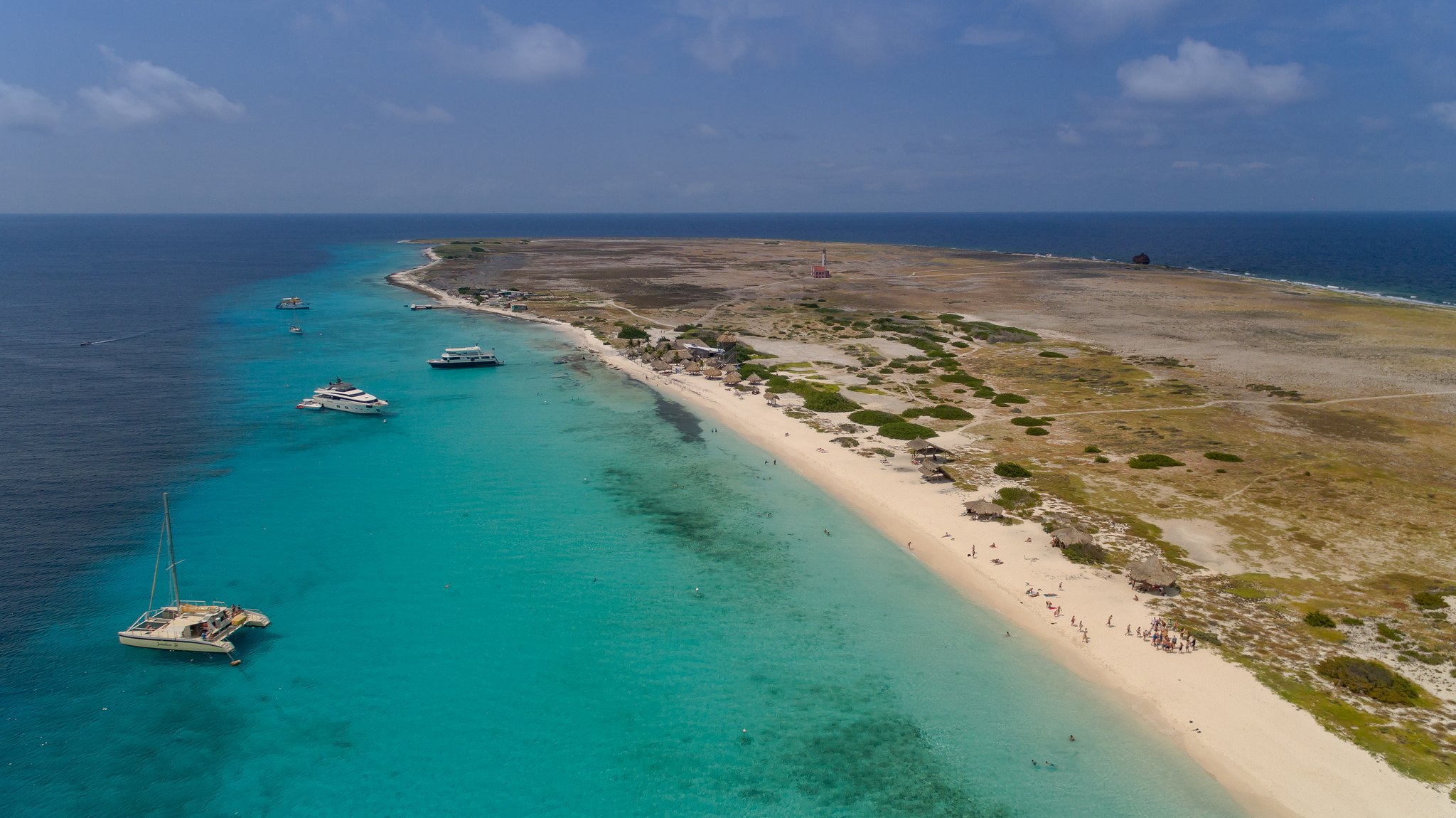
Klein Curacao, also known as Little Curacao, Klein Curacao is a small uninhabited island 11 km (7 miles) east of Curacao. The island is also characterized by its white sandy beach, turquoise sea, and the breathtaking underwater world.
Suggested Tour: Boat Trip to Klein Curacao
Final thoughts on Curacao
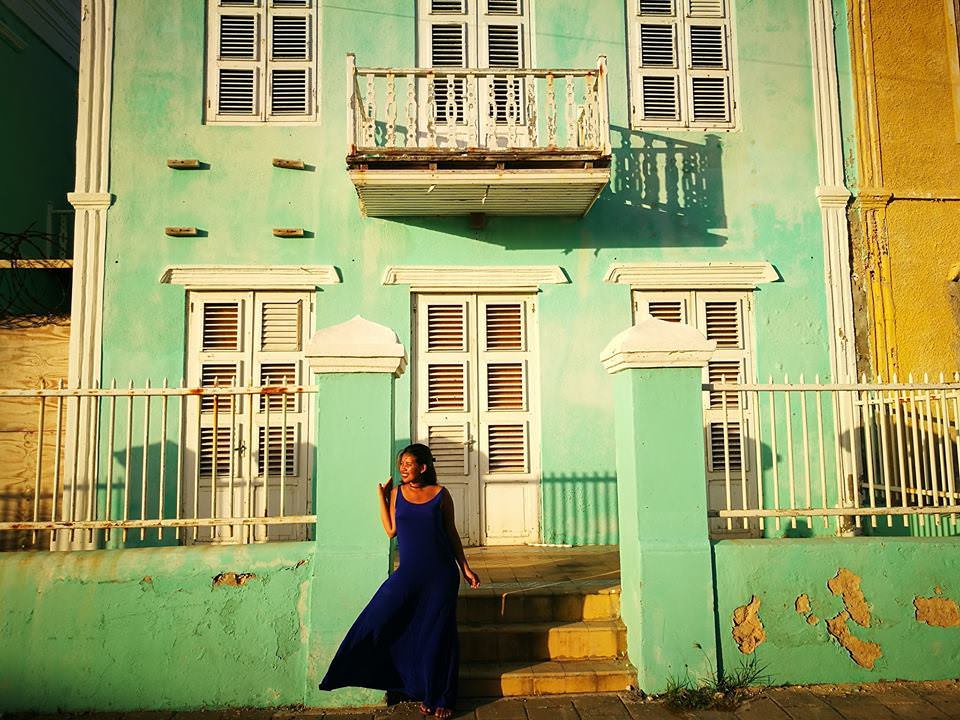
Being in the Caribbean, you will want to spend time at the beach, relaxing and playing in the water. Curacao has several beaches suitable for the whole family, many with facilities designed specifically for children. Overall, it’s a great place to visit.

Are you on Pinterest? Pin these!

